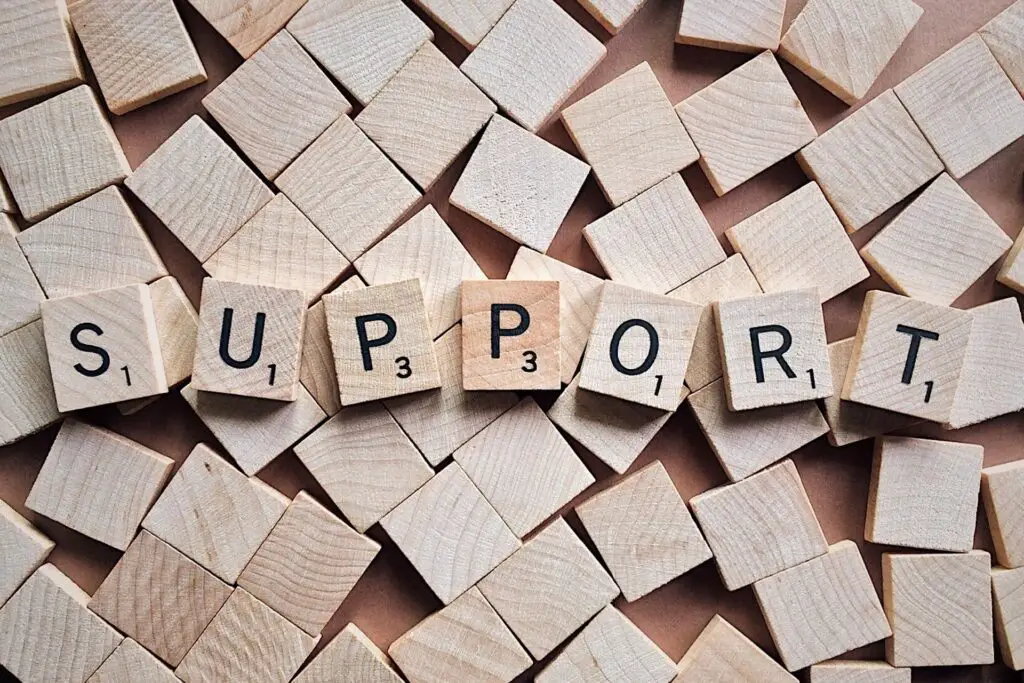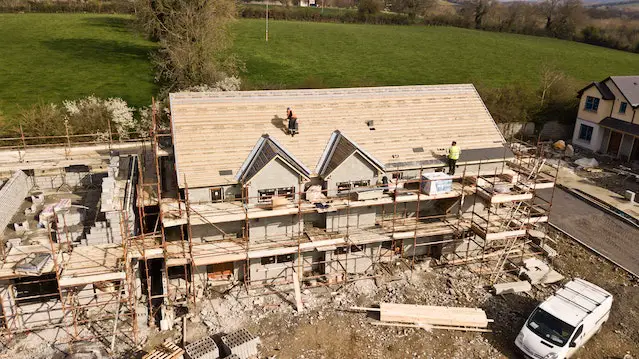The Community Trigger is a powerful tool that can help communities to hold their local authorities accountable for anti-social behaviour, harassment and hate crimes. This tool was introduced in the UK in 2014 to empower communities to demand action from the local authorities when their complaints are not being taken seriously.
In this article, I will provide a detailed guide on what a Community Trigger is, how it works and why communities need to know about it.
What is the Community Trigger?
The Community Trigger (also known as ASB Case Review) is a process that allows victims of anti-social behaviour, harassment or hate crimes to demand action from their local authorities when their complaints are not being taken seriously.
The process allows victims to make a formal request for a review of their case, which will trigger a multi-agency response from the local authorities. The Community Trigger aims to ensure that complaints are dealt with effectively and efficiently by the local authorities and that victims receive the support they need.
The Community Trigger was introduced in the UK in 2014 as part of the Anti-Social Behaviour, Crime and Policing Act. It’s an important tool for communities, as it helps to hold local authorities accountable.
Why is it important for communities to know about the Community Trigger?
Communities need to know about this tool as it empowers them to demand action from their local authorities when their complaints are not being addressed effectively. It helps individuals who feel like they have tried everything but have nowhere to turn.
By using the Community Trigger, communities can ensure that their voices are heard and that they receive the necessary support to deal with anti-social behaviour, harassment and hate crimes.
Furthermore, it is particularly important for vulnerable individuals who may not have the resources or knowledge to challenge local authorities on their own. By knowing about the tool, communities can help to support these vulnerable individuals and ensure that they receive the necessary support to deal with their complaints.

How does the community trigger work?
As explained the Community Trigger is a process that allows individuals to request a review of their case when they feel that their complaints about anti-social behaviour, harassment, and hate crimes have not been dealt with effectively.
Here is a step-by-step guide on how the Community Trigger works:
Step 1: Submitting a complaint
An individual who has reported three or more complaints about anti-social behaviour, harassment, or hate crime to the local authority, police or registered housing provider within a six-month period, can activate the Community Trigger. The complaint must have been made within one month of the incident or ongoing issue.
Step 2: Requesting a review
To activate the Community Trigger, the individual can request a review of their case by completing an online form, emailing or writing to the local authority.
Step 3: Review
The local authority will then review the case and decide whether to proceed with a multi-agency review. The review will take into account the individual’s concerns and previous complaints, as well as any information from relevant agencies such as the police, housing provider or healthcare provider.
Step 4: Multi-agency review
If the local authority decides to proceed with a multi-agency review, they will bring together relevant agencies to assess the case and develop an action plan to address the issues raised by the individual. The agencies involved can include the local authority, police, health providers, registered housing providers, and other relevant agencies.
Step 5: Action plan
The action plan will set out the actions that will be taken to address the issues raised by the individual. It will also outline the responsibilities of each agency involved and the timescales for each action.
Step 6: Feedback
Once the action plan has been implemented, the local authority will provide feedback to the individual who activated the Community Trigger, outlining the actions taken and the results achieved.
Who can activate the community trigger?
Any individual who has reported three or more complaints about anti-social behaviour, harassment, or hate crime to the local authority, police or registered housing provider within a six-month period can activate the Community Trigger. The complaint must have been made within one month of the incident or ongoing issue.
It can also be activated by a company or community group, such as Neighbour Watch. The trigger can be activated on behalf of the victim, with their consent.
I have an article on Neighbour Watch if you are interested in joining.
Examples of when to use the Community Trigger (ASB Case Review)
- Persistent Anti-social behaviour: When an individual has reported incidents of anti-social behaviour on multiple occasions but feels that nothing has been done to address the issue, they can activate the Community Trigger. This may include noise disturbances, drug or alcohol abuse, and vandalism.
- Harassment: When an individual feels that they are being harassed or stalked and their complaints to the police or other authorities have not been taken seriously.
- Hate Crime: When an individual has been a victim of hate crime and feels that their complaint has not been dealt with appropriately.
- Domestic Abuse: When an individual has been a victim of domestic abuse and feels that their complaint has not been dealt with appropriately.
What are the benefits of using the community trigger (ASB Case Review)?
Here are some of the benefits of using the Community Trigger or ASB Case Review:
- Increased transparency: The Community Trigger ensures that local authorities are more transparent in their handling of complaints. This means that residents can be confident that their concerns are being taken seriously and addressed appropriately.
- Accountability: The Community Trigger makes local authorities more accountable for their actions. By activating it, residents can hold local authorities accountable for failing to address anti-social behaviour, harassment, and hate crimes.
- Responsiveness: The Community Trigger encourages local authorities to be more responsive to the needs of their residents. By working together with residents to address these issues, local authorities can create safer and more supportive communities.
- Improved quality of life: By addressing anti-social behaviour, harassment, and hate crimes, the Community Trigger can improve the quality of life for residents. This can include reducing noise and disturbances, improving safety in public spaces, and creating a sense of community cohesion.
- Prevention: It’s not just about addressing the immediate issues at hand, but also about preventing future incidents from occurring. By addressing the underlying causes of anti-social behaviour, harassment, and hate crimes, it can help to create safer and more supportive communities in the long term.
Resources
Each local authority will have its own process for activating the tool, so it is important to check their website or contact them directly to find out more. The UK government website also provides further information.
Here is the link: https://www.gov.uk/government/publications/anti-social-behaviour-crime-and-policing-bill-anti-social-behaviour
Conclusion
In conclusion, the Community Trigger is a valuable tool that empowers residents to hold local authorities accountable for addressing anti-social behaviour, harassment, and hate crimes. By activating it, residents can increase transparency, accountability, and responsiveness from local authorities, leading to improved quality of life and safer, more supportive communities.
If you are experiencing anti-social behaviour, harassment, or hate crime and feel that your complaints are not being taken seriously, don’t hesitate to activate the Community Trigger.
Don’t suffer in silence.





Leave a Reply